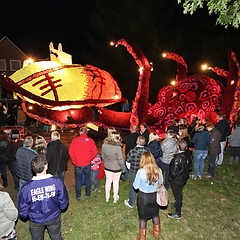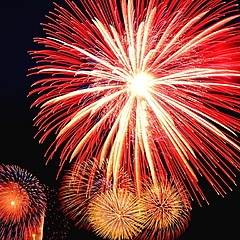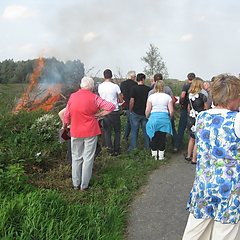Each year on the last Sunday of June, the Schaelsbergergank, or in the Valkenburg dialect: the Sjaasbergergank moves up the Schaelsberg hill for an open air mass near the Valkenburg hermitage. Choirs and bands accompany this pilgrimage to the former hermit’s lodgings with a chapel on the hill. Long rows of benches stand next to the chapel, this is the spot where the priest of the Saint Maurice Parish in Schin op Geul will celebrate mass. A choir graces the open air mass and the civic shooters guild forms the Guard of Honour. The priest blesses the special ‘teunisrolls’, baked with medicinal herbs. They owe their name to the patron saint of the hermitage chapel, Saint Anthony. The teunisbruèdsjes, in local dialect, are distributed among the believers. After mass the civic shooters guild officially opens the Leonardus Fair with a series of special, traditional shots. The Fair is a mix of traditional and modern attractions, attractive for a wide public. Religious and worldly elements have joint in this Limburg tradition.



